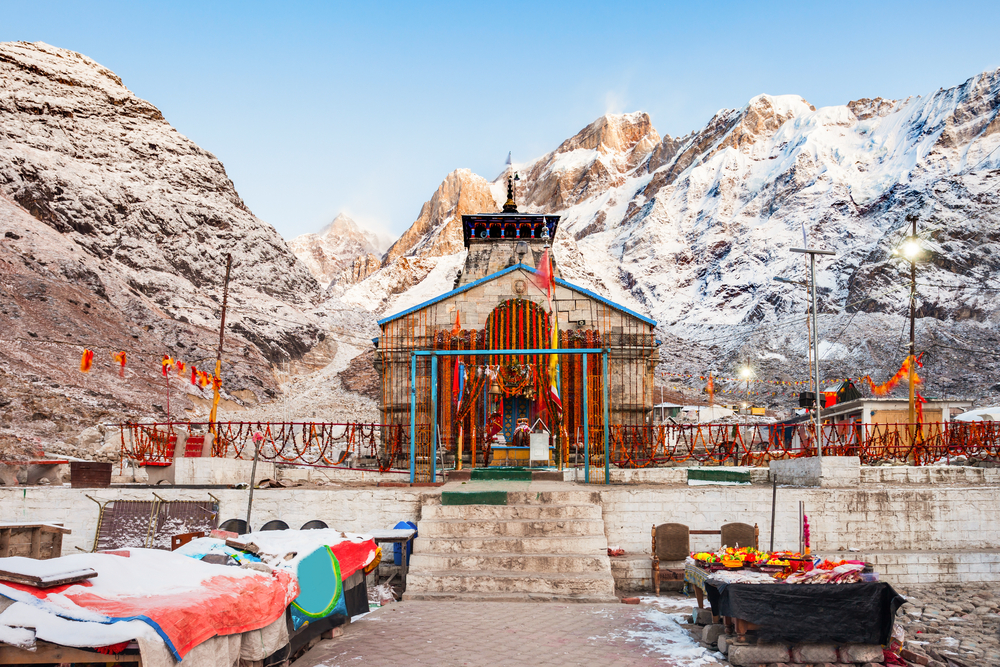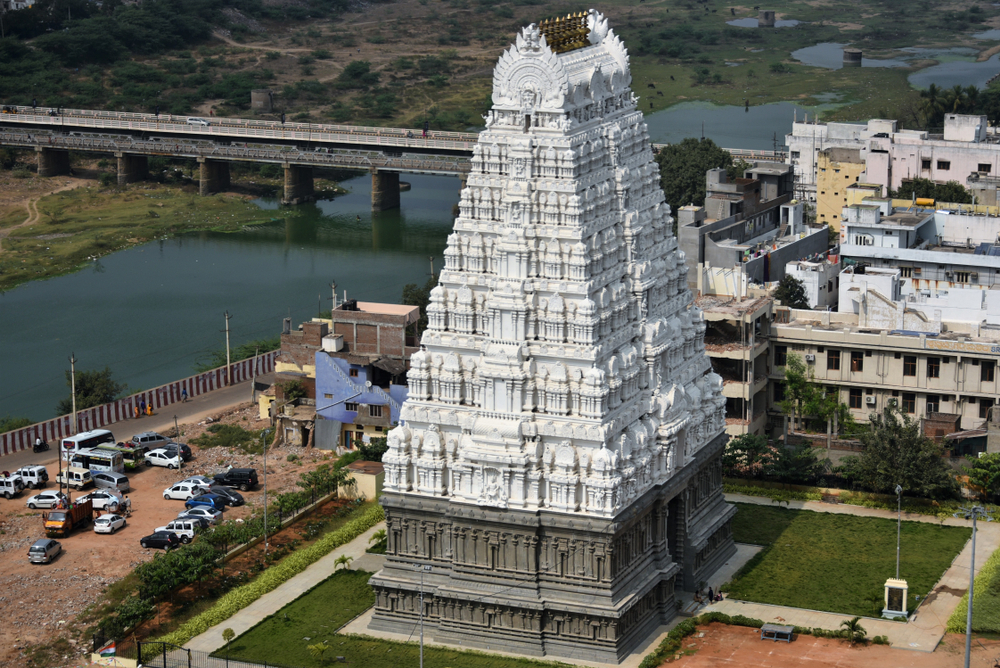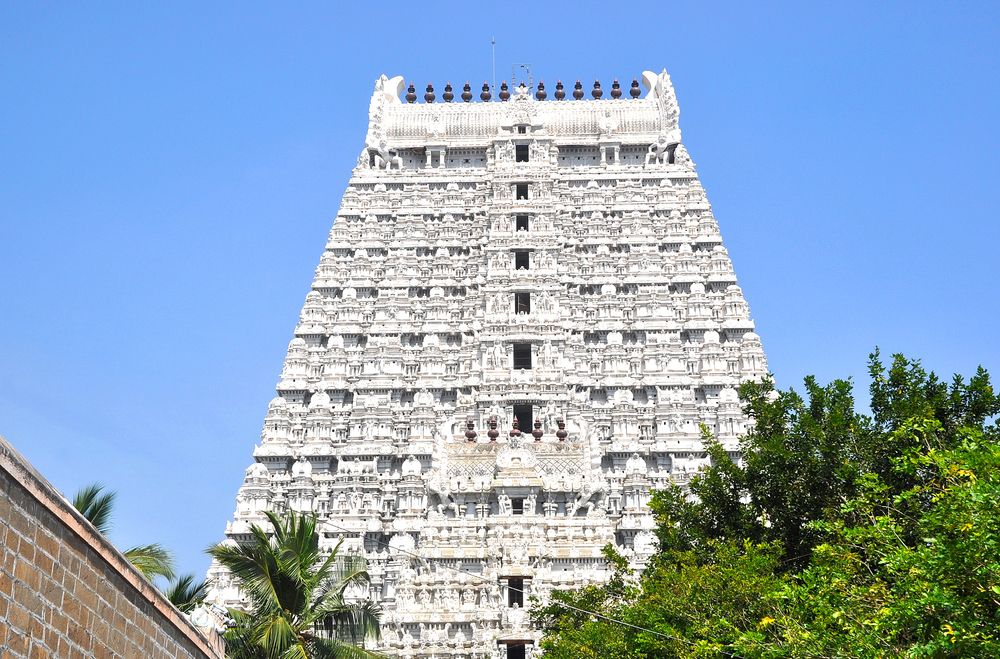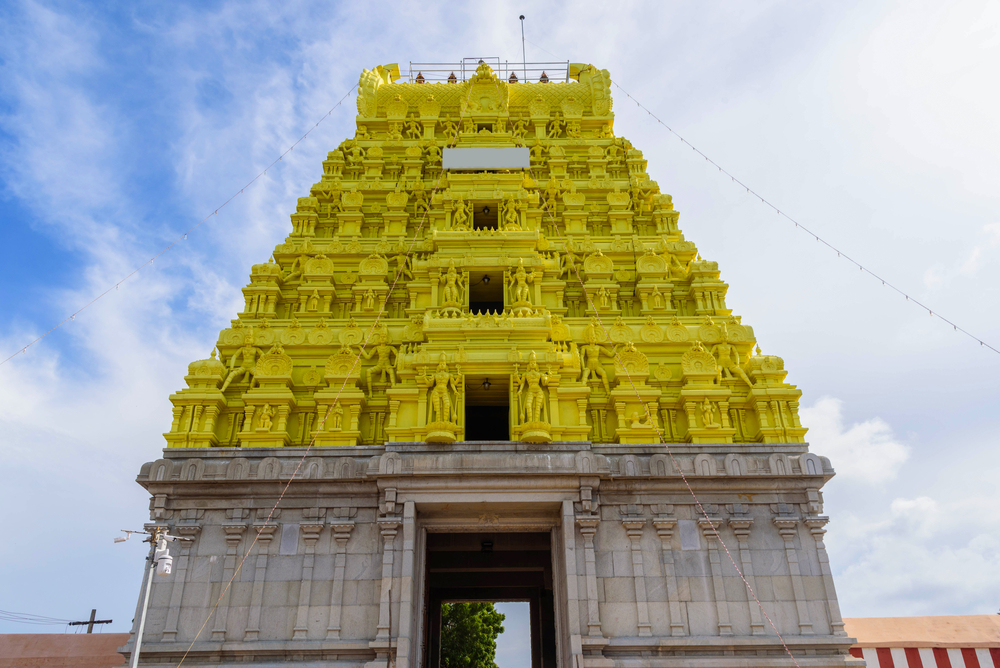Indian Temples of Shiva – A Geographical Marvel
Most people who grew up in India will know of the indigo skinned, dreadlocked, and peaceful eyed Hindu God, Lord Shiva. From picture books meant for children to landmark temples, Lord Shiva is a popular Hindu deity, as evidenced by the strong following Shaivism — one of the major Hindu traditions in modern times — has.
The Importance of Shiva in Hindu Mythology
Lord Shiva is also one of the holy trinity (along with Brahma and Vishnu), where he is seen as the destroyer of evil. He is a key figure in Hindu mythology, where his role is seen as someone who creates, transforms, and when needed, destroys the universe.
Many legends and stories abound regarding Lord Shiva – from the fact that he is considered loving and giving to his devotees almost to a fault to his fierce temple that sets fear into the hearts of wrongdoers. Lord Shiva is viewed through many lenses by his devotees. On one hand, he is an ascetic – residing in Mount Kailash as a Yogi who has found true peace. On the other, he is portrayed as a family man, with his loving consort Goddess Parvati, and two children, the elephant-headed Ganesh and Karthikeyan. He is also seen as a fierce warrior, often called upon to slay demons and rid the world of evil. Finally, he is also seen as the patron god of practices such as yoga, meditation, and the arts. Lord Shiva is a popular deity across the Hindu pantheon and can be found across countries, from Nepal to India. Thus, Lord Shiva is revered in numerous ways and for numerous reasons, making for multiple paths that true devotees who seek him can take.
A Straight Line to Shiva: Temples from North to South

Followers of Lord Shiva in India have a deeply interesting geographical connection to their favourite God. Mapping popular temples dedicated to Lord Shiva reveals an interesting phenomenon – five of the most popular Shiva temples and pilgrimage destinations fall in a straight line, from the very north of the country to the south along the exact same longitude. Some of these five temples above make up the Pancha Bhoota Stalam, a representation of the five manifestations of nature – earth, air, water, fire and space. What makes this even more remarkable is that these temples were constructed much before advancements in knowledge and technology could have made such an occurrence a deliberate one. It is truly a work of mystical coincidence.

The northernmost temple is the popular Kedarnath temple in Uttarakhand. Found in the Garwhal Himalayan mountain ranges, the temple is only open to pilgrims between April and November, thanks to the treacherous weather conditions. According to legend, after the great Kurukshetra War in the Mahabharata, the Pandavas sought Lord Shiva’s forgiveness and blessings for killing their kith and kin. Lord Shiva was reluctant initially, but the Pandavas persevered. They then built the Kedarnath temple to commemorate this experience.

The second temple in this line is one of the most famous temples dedicated to Lord Shiva in the South – the Srikalahasteeswara Temple in Andhra Pradesh. Legend tells us that this temple was where Kanappa, a famous devotee of Lord Shiva, offered his eyes as a sacrifice to stop the flow of blood from the linga. As is his nature, Lord Shiva appeared to prevent this sacrifice, granting Kanappa multi. The famous flickering lamps of this temple represent Vayu or air as part of the Pancha Bhoota Sthalam. This famous temple was constructed in the 12th century by Chola and Vijayanagara kings.

The third temple in this series is Jambukeswarar Temple in Thiruvanaikaval, Tamil Nadu. Legend has it that during a fight with his consort, Lord Shiva cast out Goddess Parvati to Jambu forest. The temple is a result of her penance, where she sourced from Cauvery River to fashion a lingam, at which point Lord Shiva finally granted her a darshan. Constructed about 1800 years ago by early Chola king, Kocenga Chola, this temple represents the water element of the Pancha Bhoota Sthalam. The inner sanctum contains an underground water stream that is ever-flowing.

The fourth temple on this longitude is the Annamalaiyar Temple, found at the base of the Arunachala Hill in Thiruvannamalai, Tamil Nadu. It represents the fire element of the Pancha Bhoota Stalam through the annual Karthikai Deepam, where a giant lamp is lit on the top of the hill visible to surrounding areas. According to mythology, the temple is a result of a prank that Goddess Parvati played on Lord Shiva, where she playfully covered his eyes with a flower. What resulted on earth was several years of darkness. The light was only restored when Lord Shiva appeared on top of Arunachala Hills as a column of fire, merging with Parvati in the end for Ardhanarishvara, the half-woman, half-man form of Shiva.

The southernmost and the final temple in this series is the Ramanathaswamy Temple on Rameswaram island in Tamil Nadu. According to Hindu legend, Lord Ram wished to atone for his sins committed during the Kurukshetra War in the Mahabharata, specifically for sins committed against the demon king Ravana. He directed Lord Hanuman to bring an enormous lingam from the Himalayas, but when delayed, his wife Sita constructed a small lingam made of the sand found on the seashore of Rameswaram. This is the lingam that is still believed to reside in the inner sanctum, next to Vishwalingam – the larger lingam Lord Hanuman procured.

